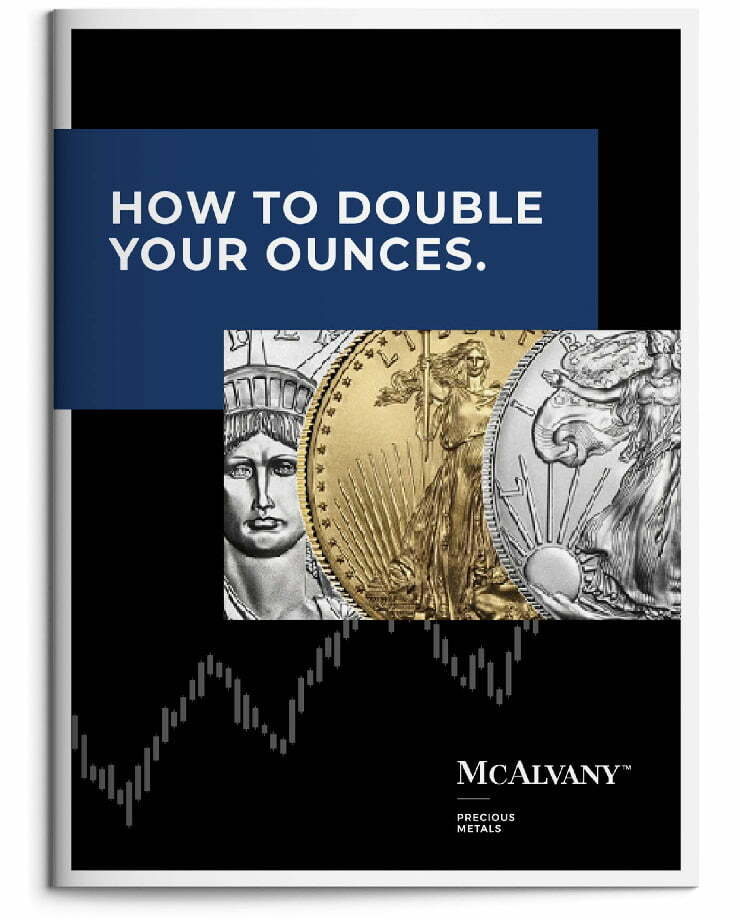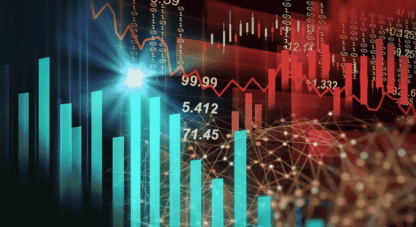The content creators referenced below continue to stress that, even if Trump’s counterrevolution is proceeding apace and accomplishing good things, the challenge of a 37-trillion-dollar national debt is more than an elephant in the room, it’s the Himalayas on the highway.
Debt, of course, seriously retards productivity unless it has been used to tool and fuel productive capability and thereby provide the means to retire itself. America has not done that. Instead, it has poured its wealth into social engineering and windmill tilting, and is now bankrupt by any traditional reckoning.
Trump’s solution is one of three typically put forth, though variations certainly exist: 1) ignore the debt because “we owe it to ourselves,” which is what we’ve done for the past 60 years and which has gotten us into these straits, 2) institute extreme austerity, massively cutting government spending—especially including social programs—which would impose catastrophic short-term pain and likely destroy the political party in power, but is the only path proven to work, and 3) grow ourselves out of debt, which is Trump’s chosen but unproven path.
The problem, of course, is that our debt was not used productively, so Trump now has to tool and fuel his productive course with more debt. It’s a calculated gamble, and while Trump has surprised his critics more times than anyone (except him and a relative few true believers) believed possible, here he’s up against economic bedrock. Sharply inflating the money supply, perhaps even for productive purposes, causes a well-documented phenomenon. Ludwig von Mises put it this way:
Once public opinion is convinced that the increase in the quantity of money will continue and never come to an end, and that consequently the prices of all commodities and services will not cease to rise, everybody becomes eager to buy as much as possible and to restrict his cash holding to a minimum size… This phenomenon was, in the great European inflations of the ’twenties, called flight into real goods (Flucht in die Sachwerte) or crack-up boom (Katastrophenhausse)… [emphasis in original]
The monetary system breaks down; all transactions in the money concerned cease; a panic makes its purchasing power vanish altogether. People return either to barter or to the use of another kind of money. [emphasis added]
There is very real reason to hope things will not go this far, or that this new path will have a new and salutary end. Trump has some capable minds working on this problem, certainly including his own. But reality has a way of humbling capable minds. Either way, as the below-cited content creators continually emphasize, there is a win/win strategy for savers and investors. The “[other] kind of money” that has always guarded against inflation—and especially against hyperinflationary Katastrophenhaussen—is gold. And the time to fly into real goods—if you want to have a real chance of actually getting them—is before everybody else is trying to do so.
Key Takeaways:
- The truth-teller is … telling the truth
- What’s China up to?
- Stick with the big picture and don’t be emotionally swayed
The McAlvany Weekly Commentary: Gold: $40 to $400 to $4,000 To…?
In the latest episode of McAlvany Weekly Commentary, David and Kevin reflect on gold’s remarkable journey from $40 an ounce in the 1970s to $4,000 today, exploring its role as both a wealth preserver and a truth-teller in an era of economic uncertainty. They delve into the fragility of global fiat currencies, calling the dollar, euro, and yen a “global confidence game,” where trust in central banks is the precarious foundation. Citing rising investor preference for gold over the dollar, even from figures like Ken Griffin of Citadel, the discussion touches on the erosion of institutional trust and the inevitability of inflation-driven policies to sustain unsustainable global debt levels, now standing at a staggering $338 trillion. The hosts argue that gold’s ascent reflects not just currency devaluation but a broader loss of confidence in financial systems. They also highlight the importance of timing and strategy, discussing metrics like the gold/silver ratio and the Dow/gold ratio to guide investment decisions. Lighthearted anecdotes, from childhood memories of gold panning to the rising cost of pedigreed dogs, underscore a key message: in a world of economic flux, gold remains a steadfast anchor, offering both security and opportunity.
Credit Bubble Bulletin: Two Questions
Doug Noland’s latest Credit Bubble Weekly dives into a tumultuous week of financial and geopolitical developments, posing two pivotal questions: Is the global financial system as robust as the consensus believes, or as fragile as it seems? And are China’s aggressive rare earth export controls a tactical move ahead of the Trump-Xi meeting or a deeper escalation in their quest for a “new world order”? Doug explores China’s tightening grip on rare earths, framing it as a calculated attempt to exploit U.S. vulnerabilities, while also noting the broader implications of a fraught U.S.-China trade war. Domestically, he critiques the U.S.’s “Terminal Phase Excess,” where speculative leverage, AI mania, and risky debt have pushed markets to precarious extremes. High-profile corporate collapses like First Brands signal cracks in credit markets, while soaring gold and silver prices reflect growing investor unease about liquidity and central bank constraints. Doug warns of systemic risks, including potential deleveraging and market illiquidity, likening today’s environment to the subprime mortgage boom’s precarious final act. Amidst rising geopolitical tensions, debased currencies, and growing societal strain, Doug urges readers to prioritize vigilance in navigating what he calls an increasingly fragile system.
Hard Asset Insights: Thanks to All Our Clients!
After preparing for and participating in the annual McAlvany client conference, Morgan provides an abbreviated issue of HAI this week—consisting primarily of market prices. HAI will return in full next week.
Golden Rule Radio: Gold’s Relentless Rise Continues
Hosts Miles, Robert, and Tory analyze gold’s relentless rally, which has seen the metal surpass $4,000 per ounce for the first time, with silver holding its own at nearly $50. The trio notes that while these record-breaking prices might tempt some investors to take profits, the current macroeconomic environment—characterized by mounting government debt, inflationary pressures, and a global pivot away from the dollar—suggests precious metals remain a safe haven. They emphasize gold’s renewed role as a central bank favorite for wealth preservation, highlighting its appeal as a hedge against fiat currency instability. For buyers, they advise disciplined, long-term strategies like dollar-cost averaging, even at record highs. For holders, they stress the importance of maintaining core allocations despite market fluctuations. While selling may be appropriate for liquidity needs or portfolio rebalancing, they caution against speculative trades, citing the risks of missing re-entry opportunities. The hosts also discuss the psychological shift among investors, as fear of missing out fuels demand, and they remind listeners that patience and strategy, not emotion, should guide decisions. With humor and insight, they leave viewers with the message that gold’s rise is not just a trend but a reflection of deeper systemic shifts.















